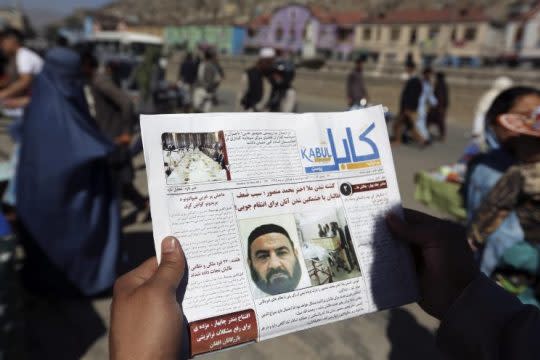Obama air war kills up to 116 civilians outside war zones

Gingerly pulling back the curtain on one of President Obama’s most controversial national security policies, Director of National Intelligence James Clapper disclosed on Friday that as many as 116 civilians have died in U.S. drone strikes or manned air attacks since January 2009.
“The president believes that our counterterrorism strategy is more effective and has more credibility when we’re as transparent as possible,” White House press secretary Josh Earnest told reporters at his daily briefing. “There will be a little bit of negative press coverage in the short term, but over the long term it will build the kind of credibility that is critical to the ongoing success of these efforts.”
There were sizable gaps in the government data, which covered only strikes “outside areas of active hostilities” — away from Afghanistan, Iraq and Syria — from Jan. 20, 2009, to Dec. 31, 2015. The bulk of drone strikes have fallen on remote tribal regions of Pakistan that have long sheltered extremists, but Obama has also bombed places like Yemen, Libya and Somalia. Independent estimates of civilian casualties from U.S. strikes in those theaters have ranged between 200 and 1,000.
Most notably, the figures released Friday were not broken down by year or by country, making it impossible to determine whether civilians are dying in greater or fewer numbers. Aides to Obama had previously said that diplomatic sensitivities — like concerns about fueling anti-American sentiment in Pakistan — would shape the disclosure.
Officials said the United States compensates victims or their families when doing so is feasible, but they did not say how many times this has happened, estimate a total dollar figure or say what dollar value the government places on an individual human life.
And the timing of the release — Friday afternoon, before the long, Fourth of July holiday weekend, halfway through Obama’s final year in office — sent rather a different signal about transparency than the one broadcast by top presidential aides.
Clapper’s figures showed that U.S. forces carried out 473 strikes outside war zones, killing between 2,372 and 2,581 combatants and 64 to 116 civilians. The data seemed designed to shore up Obama’s contention that the drone program has been effective while playing down deaths of noncombatants, which erode support for the United States in key countries.
“We are accepting responsibility,” a senior administration official told reporters on a conference call, which was held on condition that he not be named. “We feel it’s important to accept responsibility, and any time we inadvertently cause the death of a civilian, it is something we deeply regret.”
The White House also released an executive order, signed by Obama, requiring federal agencies to work together to minimize civilian casualties.
The disclosure came more than three years after the president promised in a speech at the National Defense University that he would bring greater transparency to his national security strategies and would work to get the United States off a “permanent war footing.” (Yahoo News assessed his promises, including those about drones, in May.)
In his 2013 remarks, Obama said this of civilian casualties: “For me, and those in my chain of command, those deaths will haunt us as long as we live, just as we are haunted by the civilian casualties that have occurred throughout conventional fighting in Afghanistan and Iraq.”
But he also justified his decisions.
“As commander in chief, I must weigh these heartbreaking tragedies against the alternatives. To do nothing in the face of terrorist networks would invite far more civilian casualties,” he said. “So doing nothing is not an option.”
Still, as Yahoo News noted in May, Obama’s very first experience with a drone strike rattled him. Four days into his presidency, the CIA was targeting al-Qaida and Taliban commanders in South Waziristan along the Afghanistan-Pakistan border. But the strike went badly awry, killing an innocent tribal elder and several members of his family.


